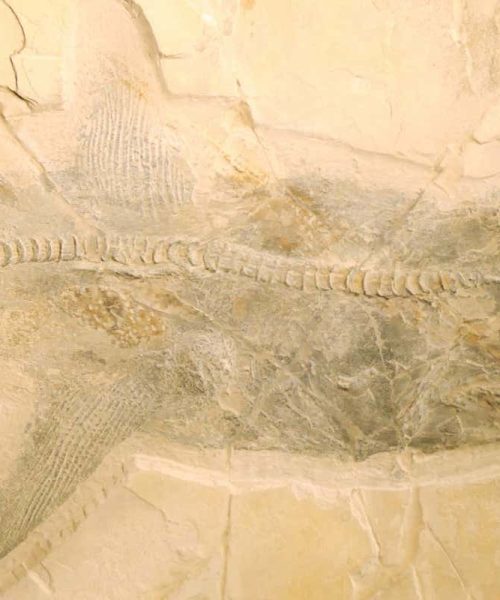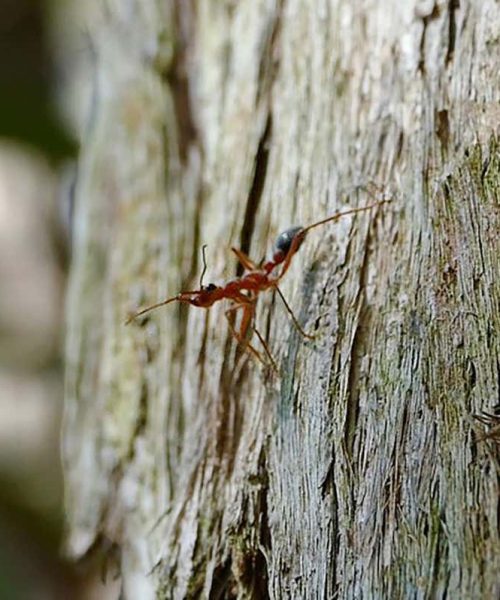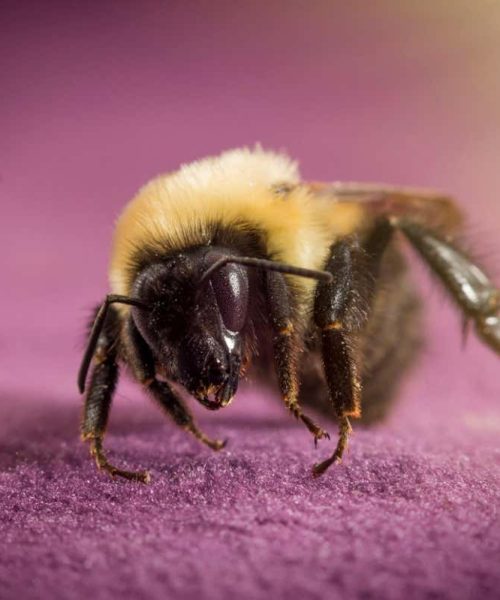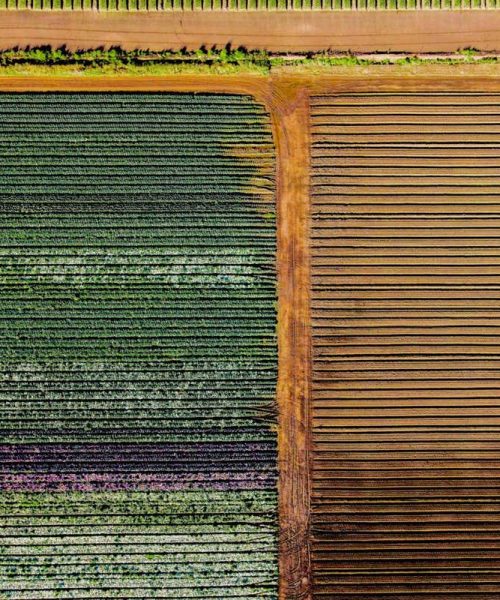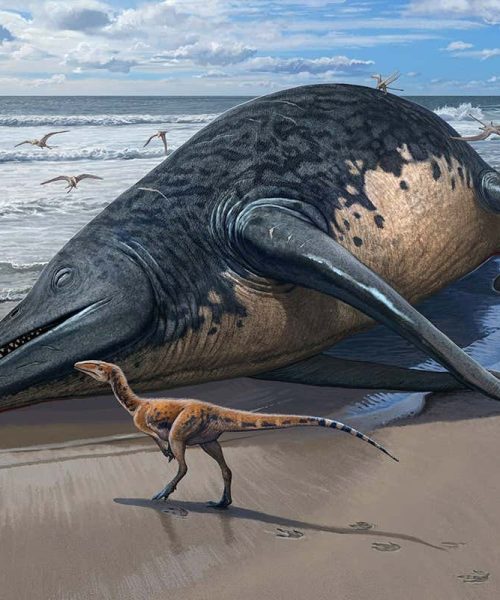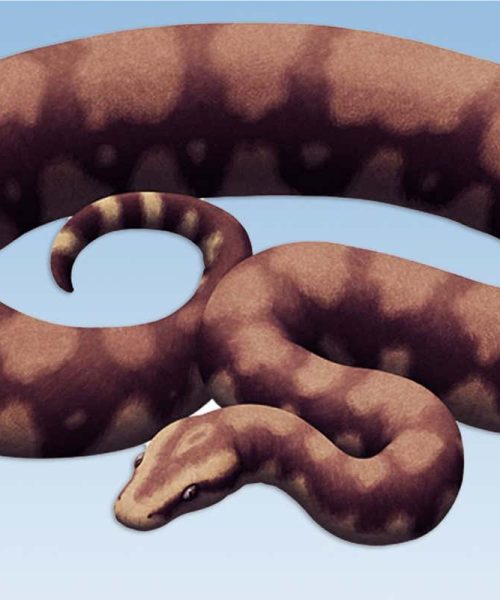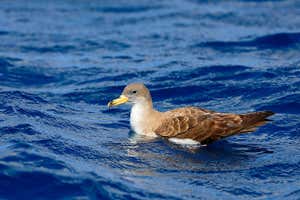
Microplastic pollution is abundant in marine environments
blickwinkel/Alamy
Seabirds that consume a high level of plastic particles have a greater diversity of bacteria in their digestive system than those that ingest less plastic. But it isn’t clear what this increase in gut microbiome diversity means for seabirds.
Seabirds are especially vulnerable to eating microplastics – debris smaller than 5 millimetres in width – as they feed in marine environments where these pollutants tend to congregate. There are roughly 2.3 million tonnes of microplastics floating in the sea, according to a study published this month, and with long lifespans and far-reaching migration routes, seabirds are regularly in contact with the plastic.
Gloria Fackelmann at the University of Trento in Italy and her colleagues examined samples of gut microbiomes – bacteria, fungi, viruses and other microorganisms – taken from two gull-like species living in the North Atlantic Ocean: 58 wild Cory’s shearwaters (Calonectris borealis) and 27 wild northern fulmars (Fulmarus glacialis). They also sorted through the stomach contents of each deceased bird and carefully sieved out the plastic particles.
Advertisement
“As the number of plastic particles increased, so too did the diversity of the microbiome,” says Fackelmann. They found those that the birds that had ingested the most microplastic pieces had more antibiotic-resistant and plastic-degrading microbes in their gut. “People think more [microbe] diversity is better or worse, but we can’t make blanket statements like that,” she says.
Some zoonotic pathogens – those that can jump between humans and animals – were more abundant in birds that had consumed the most plastic. These birds also had a reduced number of microbes associated with healthy individuals, including the marine bacteria Pseudoalteromonas. When microplastics were abundant in the gut, harmful bacteria like Corynebacterium xerosis appeared to thrive. In humans, C. xerosis can lead to heart inflammation, brain abscesses and infections.
“This is a brilliant study that demonstrates yet more ‘hidden effects’ of plastics,” says Alex Bond at the Natural History Museum in the UK, who wasn’t involved in the work. “The key next step is trying to understand what this means, in practical terms, for birds and the ecosystems in which they live.”
Topics:
